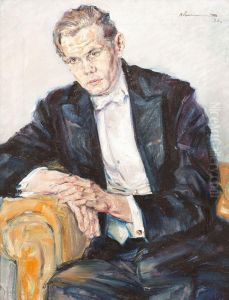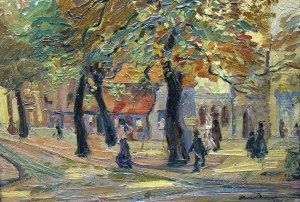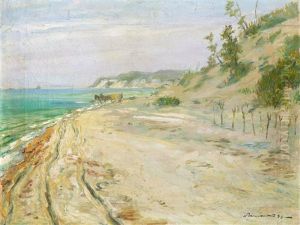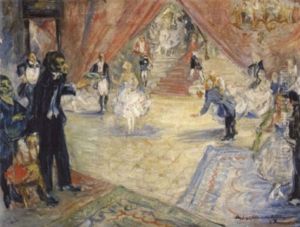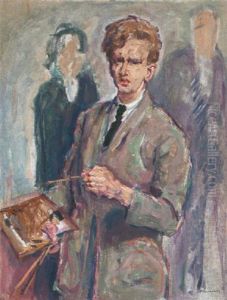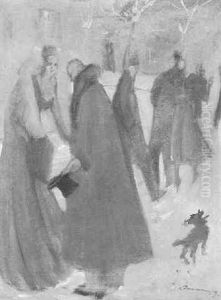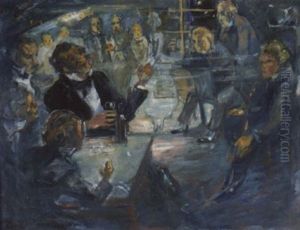Karl Dannemann Paintings
Karl Dannemann was a German artist known for his work as a painter, graphic artist, and illustrator. Born on November 11, 1886, in Hannover, Germany, he developed a keen interest in art from an early age. Dannemann studied at the Royal College of Art in Kassel and later at the Berlin Academy, where he honed his skills and embraced a range of artistic styles throughout his career.
His work was influenced by the various movements of his time, including Impressionism, Expressionism, and the New Objectivity (Neue Sachlichkeit). During the early 20th century, Germany was a hub of artistic innovation, and Dannemann's career unfolded against the backdrop of this vibrant cultural milieu.
Dannemann's oeuvre includes landscapes, portraits, and genre scenes, and he is known for his ability to capture the mood and atmosphere of a place or a moment. His work was marked by a strong use of color and light, with a particular focus on the depiction of everyday life and the working class. He often portrayed the social realities of the time, reflecting the struggles and the spirit of the German populace in the years leading up to and between the two World Wars.
Despite the considerable challenges faced by artists during the rise of the Nazi regime, which condemned modernist art as 'degenerate', Dannemann continued to work and adapt his style. However, this period was marked by significant adversity for many artists whose works did not align with the state's prescribed aesthetics.
Karl Dannemann's life came to an end during the tumultuous years of World War II. He passed away on May 3, 1942, in Berlin. Although not as widely recognized as some of his contemporaries, Dannemann's artistic legacy provides an important glimpse into the artistic and cultural scene of early 20th-century Germany. His artworks remain a testament to the resilience of the human spirit in the face of political and social upheaval.
